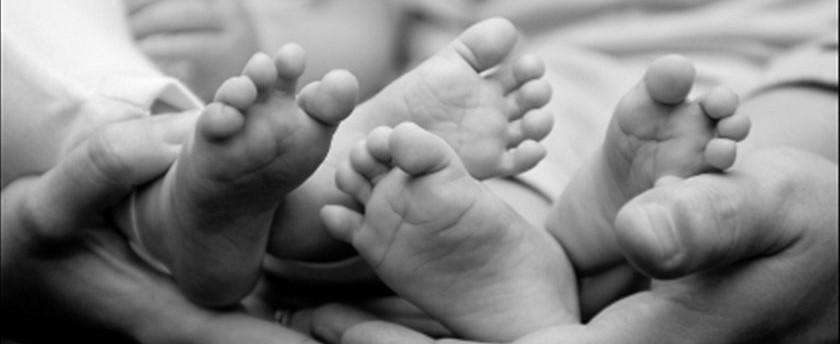Blog Post
Insight: Utah’s Recent Declining Fertility: Age Specific Explanations and Comparisons
By: Emily Harris
Utah’s declining fertility rates have been a hot topic over the last few years, but in reality, Utah’s fertility has been in steady decline for decades. However, since the Great Recession in 2008, Utah’s fertility declined considerably, even knocking its national fertility ranking from 1st to 3rd. This has also resulted in an increasingly smaller gap between Utah’s total fertility rate and the nation’s.
So what caused this decline? Many external factors have led to these declines both in Utah and throughout the nation. Previously explored in this report, social, economic, and demographic changes have all created their own various impacts on births and fertility rates.
While some thought the stabilization after the Great Recession might be an opportune time for a shift in direction, these ideas have not come to fruition. COVID-19 has brought renewed focus to the topic, with preliminary data indicating a continued decline in births nationally.
Within the past several years, decreases in births and shifts in our age specific fertility rates compared with the Dakotas (currently 1st and 2nd in the nation) contributed to Utah’s national ranking decline.
Mothers over age 30 have experienced increases in fertility rates in both North and South Dakota, while in Utah the rates for these ages have remained about the same. This stability, combined with declines in rates for younger Utah mothers, has led to North and South Dakota overtaking our total fertility rate.
For additional insights, visit our new Fact Sheet – Fertility in Utah: Recent Changes.
Emily Harris is a demographer at the Kem C. Gardner Policy Institute.

